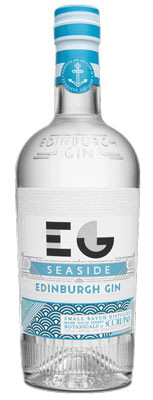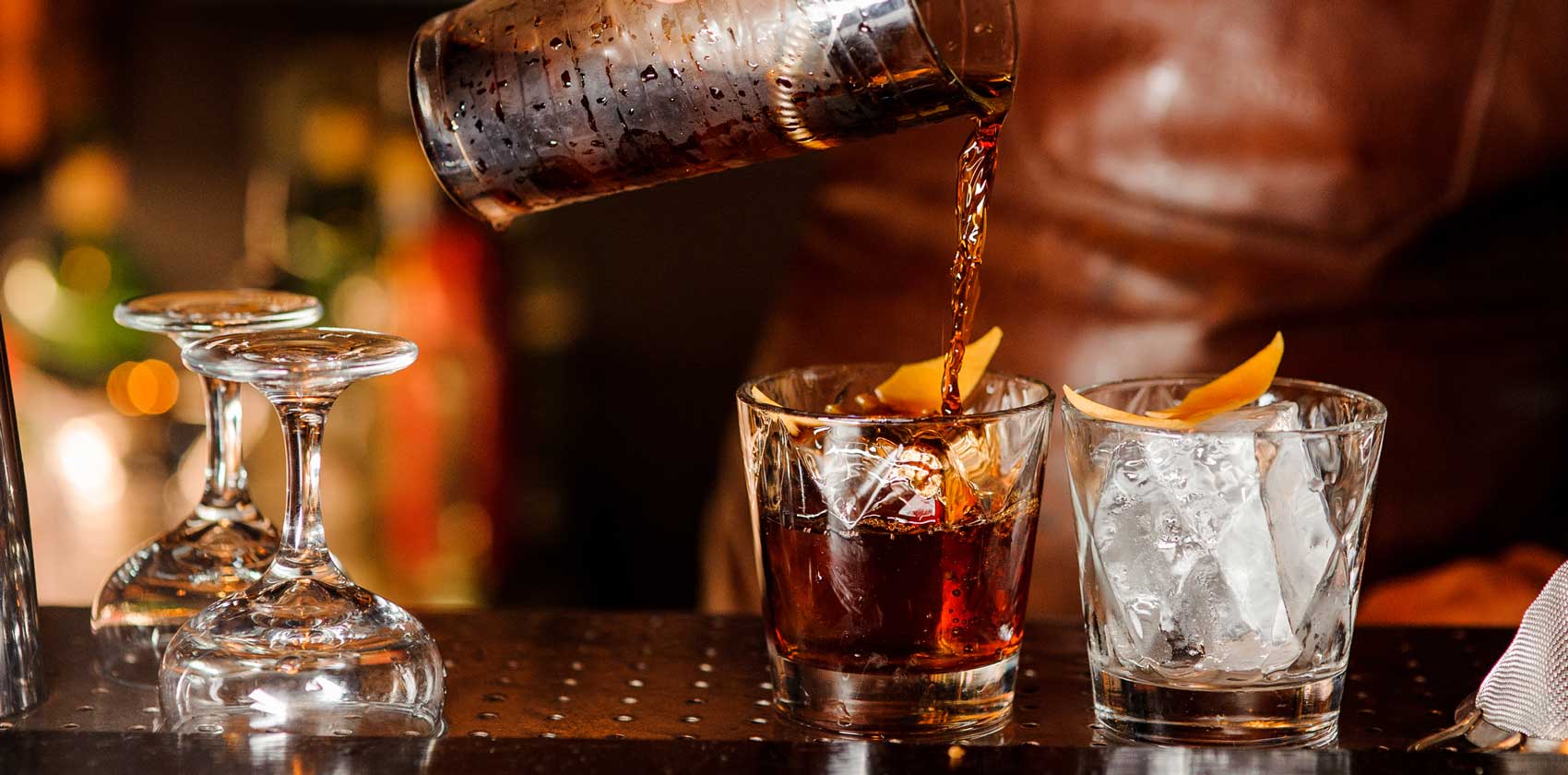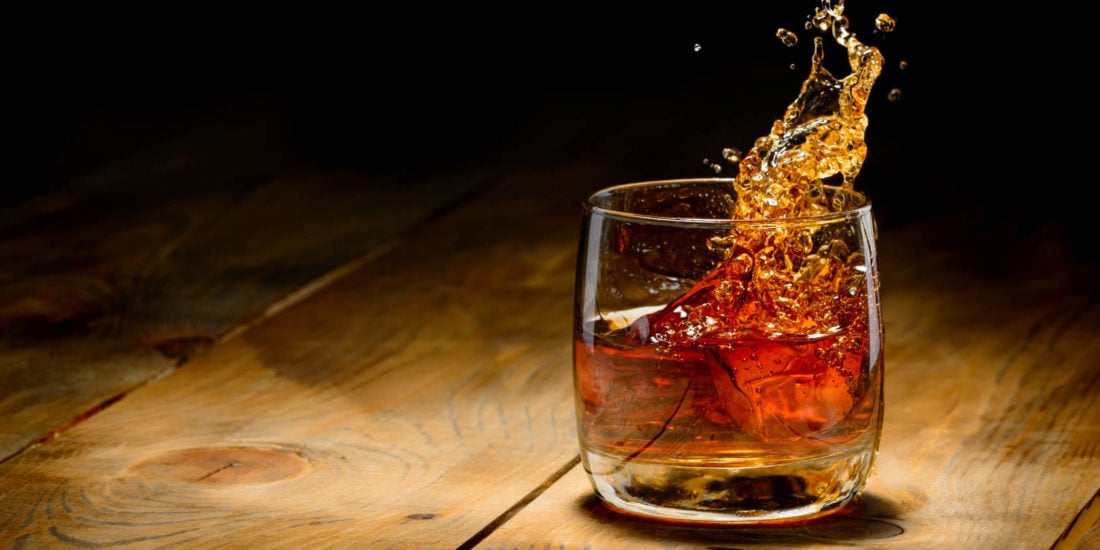Gin-gle Bells
It is the Yuletide season again — and when most articles begin this way as well.
I did not know this until I had to write this article but “Yule” was an ancient Germanic festival, during which a sacrifice was offered and blood smeared on idols. Toasts were drunk to Odin, a revered God in Norse mythology of eclectic and exotic domain specialisation ranging from wisdom, healing, death, royalty, the gallows, knowledge, battle sorcery, poetry, frenzy to the runic alphabet. During Yule, a log would burn and everyone feasted as long as the log burned – a stunning average of 12 days. Village-wide closure, I am told.
Fast forward a couple thousand years and little has changed. People are still eating and drinking in December although the office closures are reduced to a day and the blood-smearing has ceased, to the best of my knowledge. It is always a pity to witness the erosion of our best traditions.
During this period, lifestyle magazines, clickbait links and newspapers are filled with columns on how to survive the festive eating, the bothersome distant relatives, the difficult gift choices, the best Christmas foods, and, every other year or so, a special bashing of the Christmas light-up along Orchard Road.
In keeping with tradition, I have scoured the list of possible topics and selected the ever-predictable and overdone topic for this season — the choice Yuletide libation: alcohol.
And, in particular, gin (only because it rhymes with Odin; and I was invited to a private tasting session a few weeks back).
Gin, The Drink of Odin
Although you likely have had gin before, my guess is that you might not quite know what it is, save that it goes nicely with tonic water and is stronger than beer. Hopefully, then, this article will expand your knowledge on this topic some. Or if you are a “ginnoisseur”, then this would be the golden opportunity to scrutinise the article and go “Aha! I knew I know more than this guy.” Well, first, I am a lady and thankfully there isn’t a comments section here.
Fret not, though, I have reviewed the academic literature on the topic, including content on wikepedia.org and foodrepublic.com. I have also taken the liberty to draw on my real-life experience; there is much helpful material there.
Gin is a neutral spirit usually made from grain (barley or corn) and is very similar to vodka.
The defining characteristic of gin, however, is that its main flavour is from juniper berries. This is, of course, exceptionally unhelpful since I believe most people have not tried a juniper berry before. But if you have tasted gin, then you can imagine that is what a juniper berry tastes like. Incidentally, gin was originally herbal medicine, which kind of explains a lot.
Much like the origins of the universe and chendol, the genesis of gin is hotly debated. Some accounts point to Italy, others to the Netherlands, and not unexpectedly, the British have also laid claim to the same. In my view, it is not worth getting our knickers in a knot over this — I mean, who does not know that chendol came from Singapore?
Interestingly, it is claimed that the English discovered gin whilst fighting the Thirty Years’ War in the 17th century in Holland when they saw the Dutch soldiers drinking jenever (gin) as a morale booster before heading to battle. Hence, the term “Dutch courage” was born. Yes, this term has noble origins notwithstanding present day usage often being limited to encouraging your inebriated single-friend to test cheesy pick-up lines at the bar.
Apart from juniper berries, many other botanicals are often used to fill out the flavour of gin, such as coriander seeds, angelica root, orris root, cassia, cinnamon and orange peel. Note, to sound knowledgeable on gin, use the word botanicals.
The United Kingdom is quite renowned for its gin, and you would have probably heard of “London Dry Gin”. Why is it called such? Well, London Dry Gins contain only natural ingredients, and cannot have colourings or flavours added. London Dry Gins are therefore, a showcase of the botanicals. On the other hand, “Distilled Gin” allows for flavouring to be added after distillation. I am unable to discern any real reason for calling it “dry” since that would be the last adjective to describe a liquid, but I am guessing dry was the old organic.
As lawyers, you might be interested to know that gin is apparently one of the least regulated alcoholic beverages around. The basic requirement is simply that it carries the dominant flavour of juniper berries. This has given rise to a whole market of “compound gins” which have juniper flavouring added post-distillation, which essentially makes the drink a glorified vodka, if you think about it.
So those are some useful (hopefully accurate) facts about gin that could help tide you over some awkward conversations this season. When in doubt, just remember: botanicals.
Edinburgh Gin
I had the privilege of attending a gin-tasting session organised by Edinburgh Gin.
As its name reveals, Edinburgh Gin hails from Scotland. It is inspired by Scotland’s majestic capital and the breath-taking, unspoilt countryside beyond. The master distillers at Edinburgh Gin marry the finest grain spirit with specially selected fresh juniper berries, coriander, citrus peel and orris root. To distinguish itself from others in the gin-o-sphere, Edinburgh Gin also uses seductively soft Scottish botanicals, including milk thistle seeds, pine buds and lavender.
At this juncture, I ought to add, for the avoidance of doubt, that this is not a sponsored article.
The tasting session was held at a new bar, San Shi Bar at 38 Sultan Gate. I was invited to sample the Original Gin, Cannonball Gin, and the Seaside Gin.
Our host for the evening, Mr Jonathan Scott, brand ambassador of Edinburgh Gin, brought us through the history of Edinburgh Gin — relatively young, having launched in 2010, but tapping on the wealth of experience of gin-making in Edinburgh reaching back into the 1700s. Despite its youth, Edinburgh Gin has won awards at the International Wine and Spirit Competition.
The gin-meister then shared tips on how gin is appreciated. I suspect this is not unique to gin and could be applied to other types of spirits, but the three main stages are the “Nose”, “Palate” and “Finish”. More words for the vocabulary list.
“Nose” is essentially what the gin smells like. “Palate” is the taste of the gin as it is in your mouth. And “Finish” is the lingering flavour in your mouth after swallowing the gin. Or at least, this is what I interpreted these three stages to be.

Original Gin
We started with the Original Gin. This was a classic London Dry style gin. As the host asked for the guests’ opinion on the Nose, I recall mentioning that this was “spicy”, at which the host smiled and agreed there were indeed “spiced notes”. (Note the word is “notes”). The Palate had hints of soft spice and the Finish was clearly citrusy, or as I was told, a “bright citrus”.

Seaside Gin
Next up was the Seaside Gin. I half expected this to taste like saltwater, and am glad it did not. The signature botanicals in this were scurvy grass, bladderwack and ground ivy. The gin gave off floral aromas and did have grassy notes. I am not sure if this was because the host mentioned the use of scurvy grass (which sounds like grass suffering from Vitamin C deficiency), but the gin truly had hints of freshly-cut grass. I liked this gin the best and could imagine this to be great on a hot and sunny afternoon over some ice and tonic water.

Cannonball Gin
The last gin we tried was the Cannonball Gin. The Cannonball Gin is described as punchy but balanced with Navy Strength. This gin pays tribute to Edinburgh’s rich naval heritage and the famous One O’clock Gun, which is fired at pm every day in Edinburgh. It is a practice that dates to 1861 which allowed ships to set the maritime clocks they needed to navigate the world’s oceans. I understand that this has carried on only for tradition’s sak
The Cannonball Gin is strong with an alcohol percentage of 57.2%. To be honest, I would have described the Nose as ethanol, but a ginnoisseur might prefer, “powerfully spirited and spicy on the nose”. The gin tasted strong and there was a mild burn after the swallow. I guess this gin could work on a chilly day with its extra kick of warmth from the alcohol. Or after a tough day at work. The Cannonball Gin is an especially good choice for those seeking a drink with higher alcohol content. The host recommended enjoying the Cannonball Gin over a sizable ball of ice, which would not unduly dilute the drink due to its alcohol content.
Apart from gin, I was also treated to Edinburgh Gin’s line of delightful liqueurs at the event. These, we were told, would go well with sparkling drinks like prosecco. And indeed, I had an elderflower liqueur with sparkling yuzu sake, which was truly a winning combination.

Elderflower Liquer
The Gin Craze
Anecdotally, I have heard that gin is the booze à la mode. Sales have increased both in volume and value in the past year. Where a handful of large distillers once dominated, gin is now produced by makers of all shapes and sizes, like Edinburgh Gin. Craft gins (in fact, craft everything) are in.
Of course, though, gin has been around for ages and the current popularity is probably part of a cycle. In the 18th century, the consumption of gin spiked in Great Britain and London was ravaged by alcoholism — a period known as the Gin Craze. Parliament even had to enact laws to control the consumption of gin.
While I do not see a Gin Craze on the horizon, the current popularity of gin is good for us consumers with increased supply and more options. So, perhaps have a glass or two this Yuletide season; after all, there are reasons to celebrate — the scaled costs proposals have been shelved for now, we had fun watching the World Cup 2018 (feels like a long time ago, does it not), and if you are reading this, then you must be alive and here we are embarking on yet another adventure into the future.







